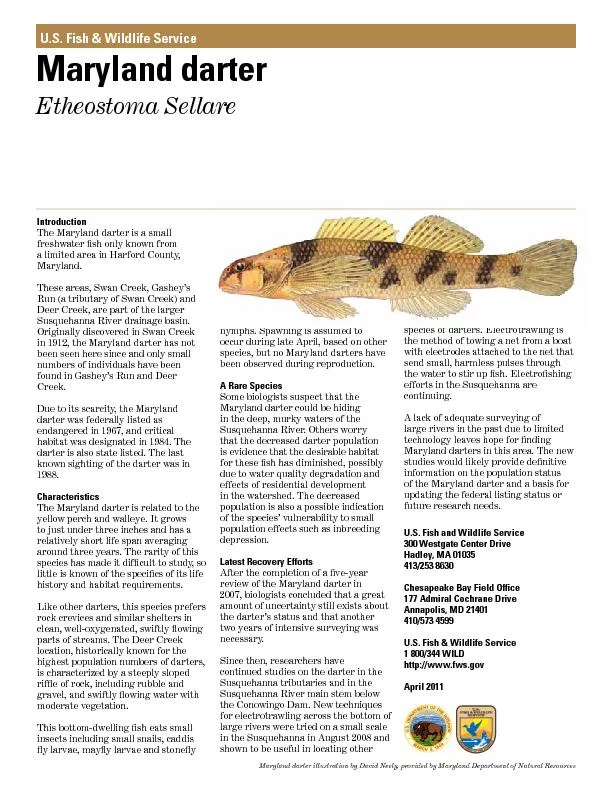PPT-A Survey of Maryland Veterinarians
Author : karlyn-bohler | Published Date : 2018-09-26
Lyme Disease Diagnosis Treatment and Prevention in Canines Caitlin Cotter DVM DHMH PHASE Intern 2016 Johns Hopkins School of Public Health Katherine Feldman DVM
Presentation Embed Code
Download Presentation
Download Presentation The PPT/PDF document "A Survey of Maryland Veterinarians" is the property of its rightful owner. Permission is granted to download and print the materials on this website for personal, non-commercial use only, and to display it on your personal computer provided you do not modify the materials and that you retain all copyright notices contained in the materials. By downloading content from our website, you accept the terms of this agreement.
A Survey of Maryland Veterinarians: Transcript
Download Rules Of Document
"A Survey of Maryland Veterinarians"The content belongs to its owner. You may download and print it for personal use, without modification, and keep all copyright notices. By downloading, you agree to these terms.
Related Documents














